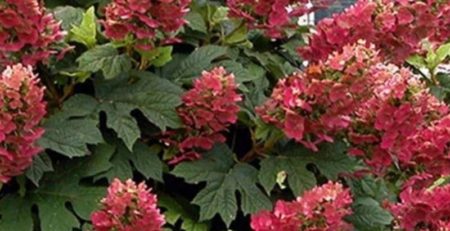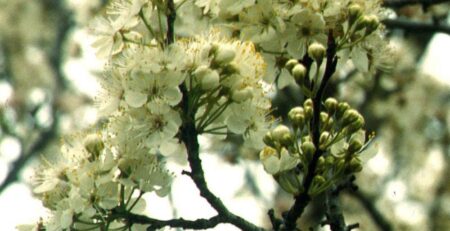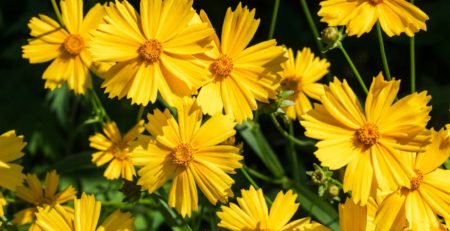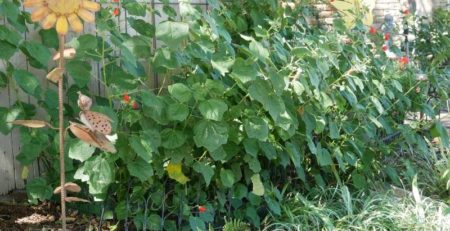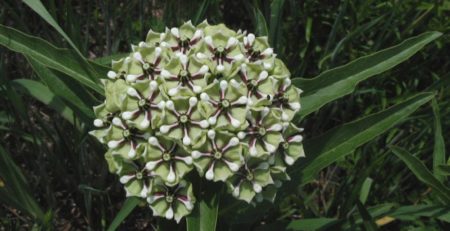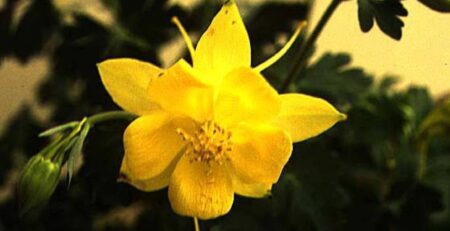Quercus muehlenbergii
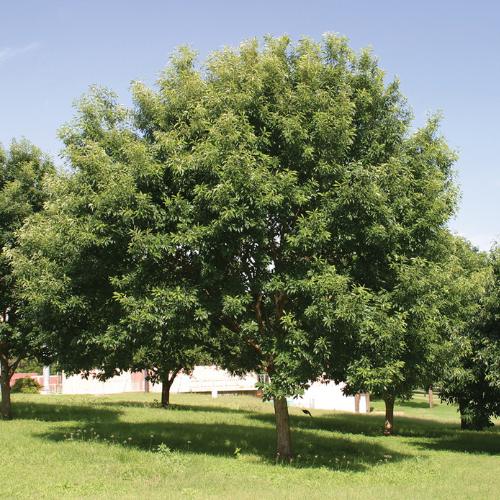
Botanical Name: Quercus muehlenbergii
Common Name: Chinquapin Oak, Chinkapin Oak, Chestnut Oak, Yellow Oak, Rock Oak
Synonyms: Quercus muhlenbergii
Category: Perennial
Family: Fagaceae
Lifecycle: Perennial
Alt Lifecycle:
USDA Symbol: QUMU
Hardiness Zone North: 4A
Hardiness Zone South: 8B
Sun Requirement: Full Sun (6+ hours of sun per day)
Sun Requirement (Alt): High Sun (4-6 hours of sun per day)
Water Requirement: Low
Growth Rate: Moderate
Maintenance: Low
Plant Adult Height: 40-75 ft.
Plant Adult Spread: 40-60 ft.
Plant Spacing: 50-70 ft.
Soil Preference: Adaptable
Soil pH Preference: Slightly Acidic (6.1-6.5)
Propagation: Seed
Leaf Retention: Deciduous
Flowers: Insignificant
Flower Time: Spring
Attracts: Bees, Birds, Butterflies
Resists: Rabbit, Deer, Disease
Tolerates: Freeze, Drought, Erosion, Clay Soil, Shallow Rocky Soil, Dry Soil, Heat
Description: The Chinquapin Oak is a picturesque and noble tree, known for its distinctive bark, which is light gray and appears flaky, much like an old-fashioned parchment. Distinguished by its oblong, serrated leaves that, in the lushness of spring, exhibit a vibrant light green color evolving into a rich yellow as autumn arrives. This decidary tree grabs attention most in late spring, when its catkin-like blooms, although not particularly showy, give way to decorative acorns. These fruits mature in early fall and are relished by an assortment of wildlife, making the Chinquapin Oak an excellent choice for a nature-inspired, backyard oasis. The Chinquapin Oak is notable for its adaptability and resilience, capable of thriving in various soil conditions, as long as it gets full light exposure. In fact, drought, rocky soils, air pollution, and even a significant amount of shade are within its broad spectrum of tolerance. It’s also remarkably resistant to oak wilt, a common disease in other oak varieties. While its overall growth and spread may be considered somewhat unruly for finely-manicured landscapes, its natural beauty, longevity and hardiness make it a superior shade provider and a striking centerpiece for lawns and larger home gardens with enough elbow room. Despite its many advantages, aspiring Chinquapin Oak growers should be aware of its propensity to attract beetles which, albeit not being a substantial detriment to the tree, may become a nuisance toward other flora in the vicinity. Moreover, while the acorns it produces are a boon for wildlife, they may become a slight annoyance when fallen and scattered in pedestrian areas. Despite these minor drawbacks, the Chinquapin Oak presents no other known invasive or poisonous threats and stands out as an impressive, robust and attractive species in the gardener’s repertoire.
Propagation & Planting: Propagation of the Chinquapin Oak commonly begins with its acorns. Firstly, select acorns that are without blemishes and are newly fallen. Next, conduct a ‘float test’ by placing acorns in water, discarding any that float. Fill a container or bag with a mix of moist sand and peat and place acorns in it, making sure they’re fully covered. Place this into your refrigerator for approximately 6 weeks, maintaining constant moistness of the mix. After refrigeration, sow acorns 1 to 2 inches deep, spaced adequately in pots or directly in the ground if planting outdoors. Water after planting and maintain regular watering for the growth period. Mulching the surface helps retain moisture and suppress weeds. It is necessary to be patient when planting the Chinquapin Oak, as they have a slow growth rate. Be aware that they prefer well-drained loams and are less tolerant of poorly drained, heavy soils.
Plant Care: The Chinquapin Oak is a robust species that requires regular care to thrive. In spring, before new growth begins, apply a slow-release granular tree and shrub fertilizer to the soil in the area under the canopy, remembering to water thoroughly afterwards. As weather warms, keep an eye out for pests or disease, treating promptly as needed. Regular water is important during dry periods. Pruning is best reserved for late winter when the tree is dormant, removing dead or diseased wood and thinning the crown of the tree to allow for sunlight penetration and air circulation. The tree may also benefit from a layer of organic mulch around the base to help retain moisture and regulate soil temperature. However, keep mulch clear of the trunk to prevent it from becoming a pest and disease harbor.
Fertilize: In the care of a Chinquapin Oak, opt for slow-release, granular fertilizers designed explicitly for trees and shrubs, preferably with a Nitrogen-Phosphorus-Potassium (NPK) ratio of approximately 10-10-10 to 20-20-20. Apply fertilizer in early spring just before new growth begins. Do so by evenly spreading the specified amount of fertilizer over the soil in the area extending from the trunk to the edge of the tree’s canopy. Following application, water the area thoroughly to help move the nutrients into the root zone. Regularly assess the tree’s health and adjust the frequency and amount of fertilization as needed, remembering that overfertilization can harm the tree.
Prune: The ideal time to prune your Chinquapin Oak is late winter or early spring while it’s still dormant, before the new growth emerges. Avoid pruning during wet periods to guard against disease transmission. Conversely, if a necessary cut must be made during growing season due to storm damage or diseased branches, do not hesitate to do so promptly. All pruning cuts should be made outside the branch collar to promote healthy healing. Use clean, sharp tools and make sure to cut branches at a 45-degree angle, which facilitates better healing. Overall, the focus should be on maintaining the tree’s natural shape by removing dead, diseased or crossing branches, and thinning where necessary. Do not heavily prune, as this may stress the tree.
Pest & Disease: Treating pests and diseases in a Chinquapin Oak requires keen observation. Identify aphids, borers, leaf miners, and scale insects which are common insect pests; they can be controlled by applying suitable insecticides, preferably those that are environmentally friendly and less harmful to beneficial insects. Fungal diseases like powdery mildew and Oak Wilt might infect this species. Symptoms of powdery mildew are whitish patches on leaves, while Oak Wilt shows as leaf discoloration and wilting. Both diseases can be mitigated by use of appropriate fungicides and maintaining a balanced watering schedule to prevent over-saturation. Iron chlorosis may pose a challenge, a soil issue evident through yellowing leaves, treatable with appropriate iron supplements. Physiological problems like poor drainage, or excessively alkaline soils might also affect the tree; remediate poor draining soils by amending with organic matter to aid drainage and use soil sulfur or iron sulfate to reduce pH in alkaline soils. Consulting professional arborists for severe problems may be necessary to help ensure the health of the tree.
PlantTAGG® is the most technically advanced mobile solution for helping gardeners learn about and care for their plants. PlantTAGG’s goal to educate gardeners blends seamlessly with the mission of the Master Gardener program to provide research-based horticultural information to the residents of Dallas County and beyond. To set up your own yard, download the PlantTAGG app.


